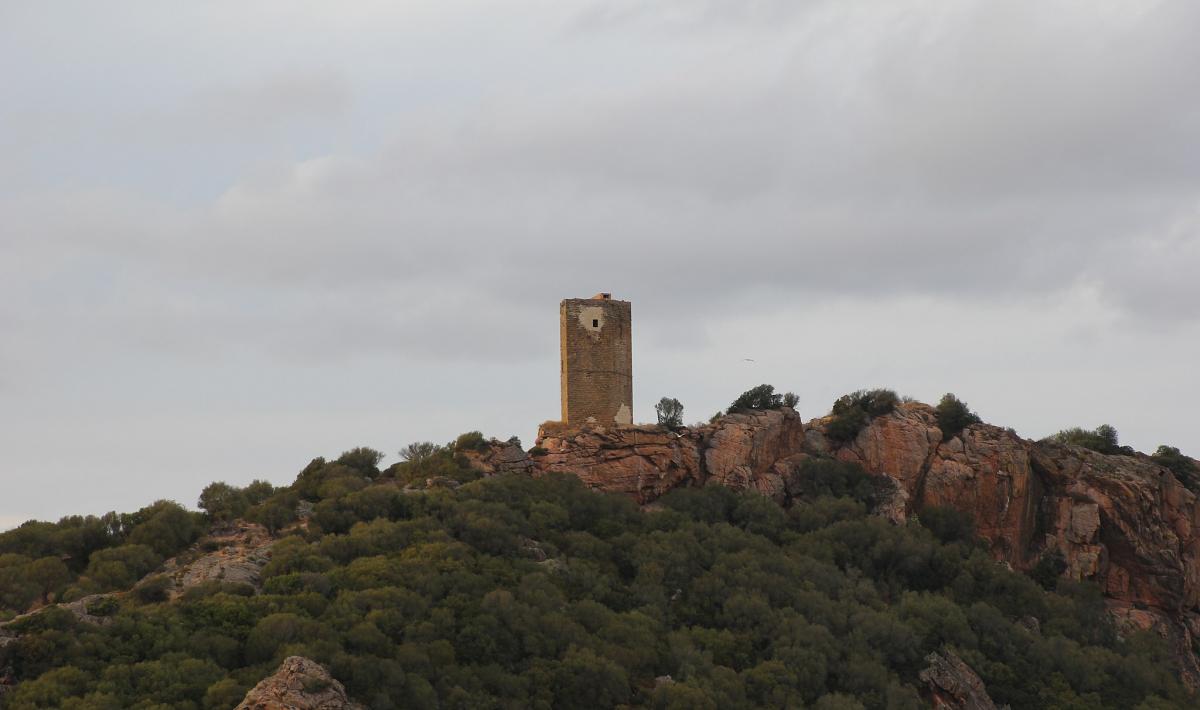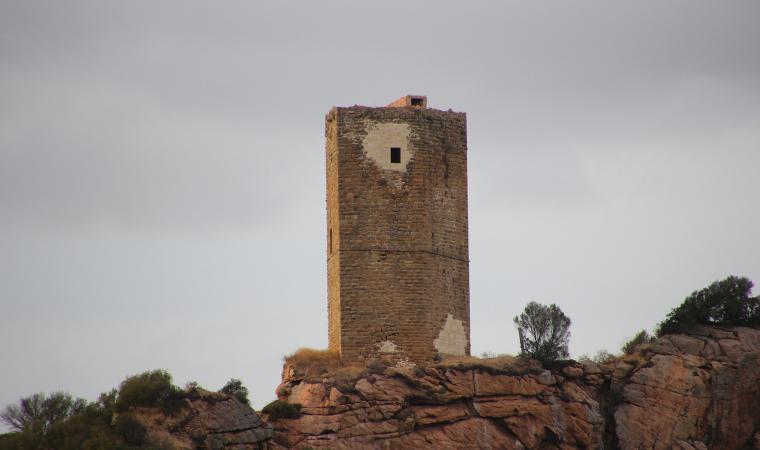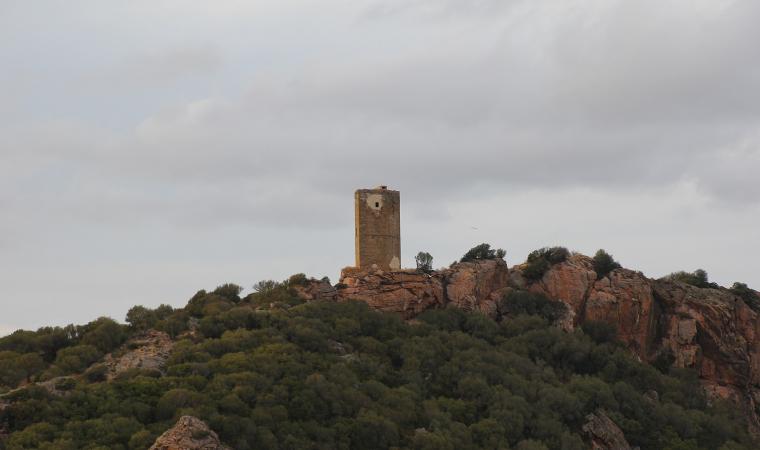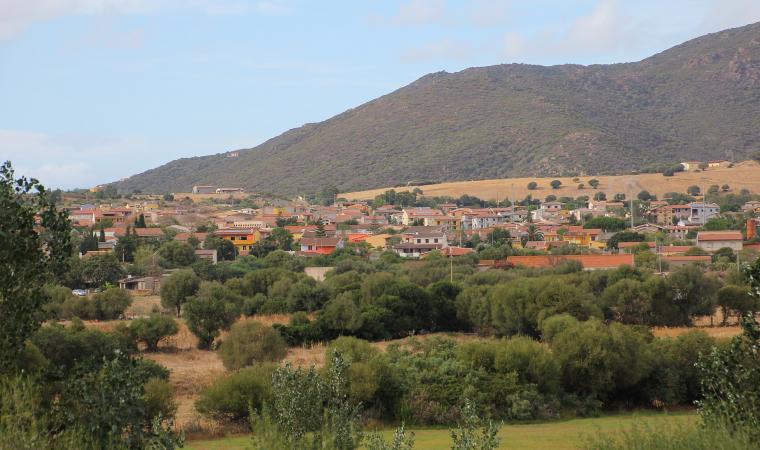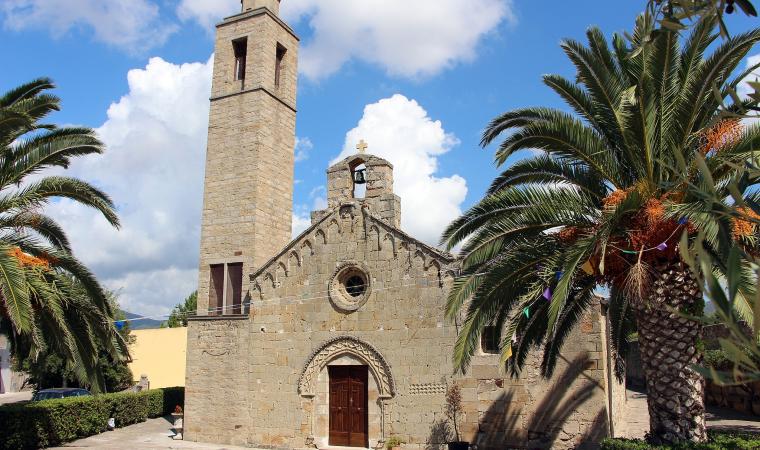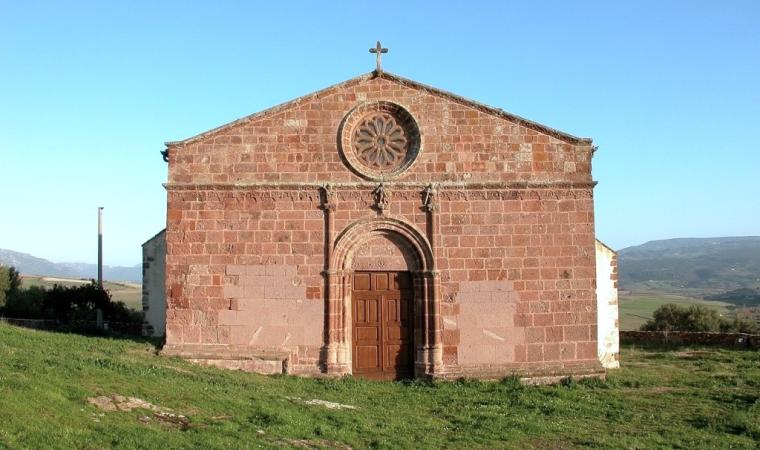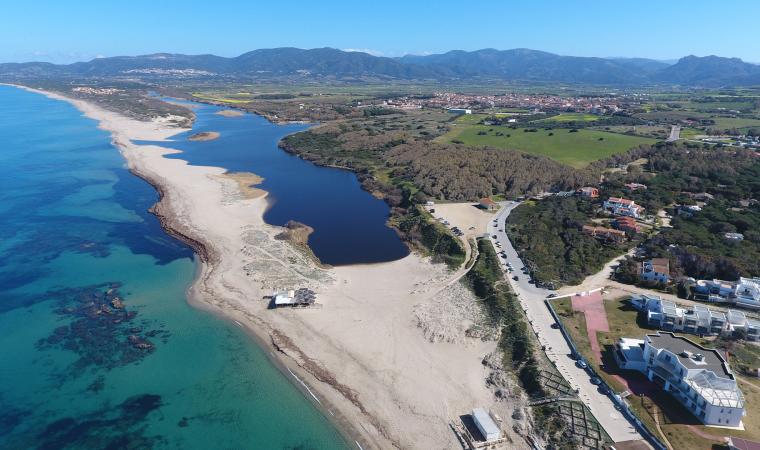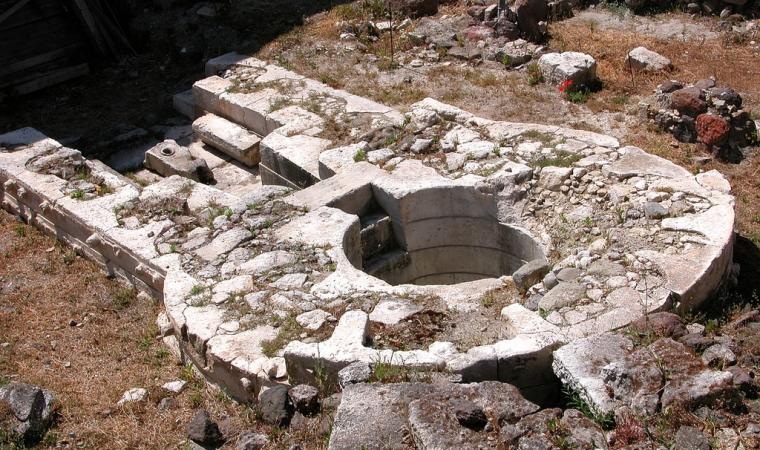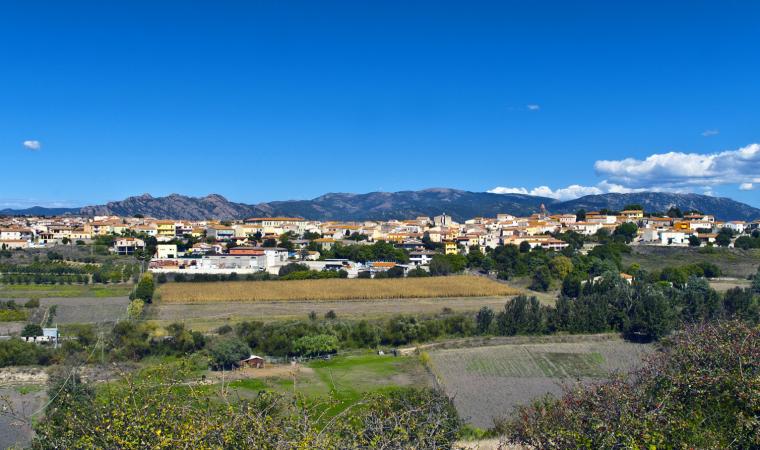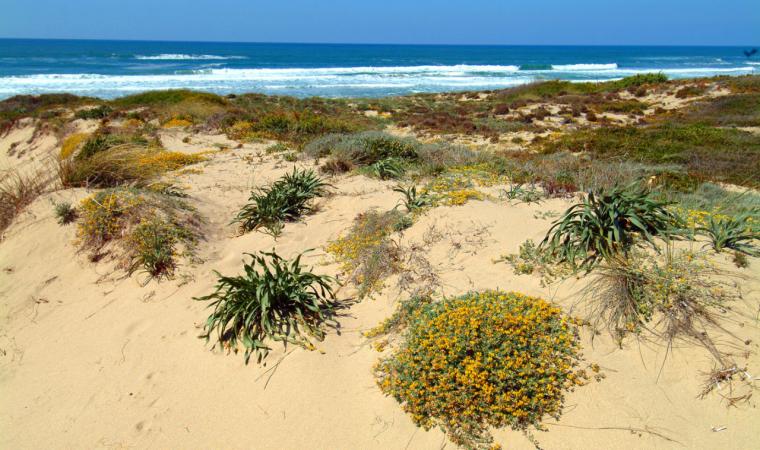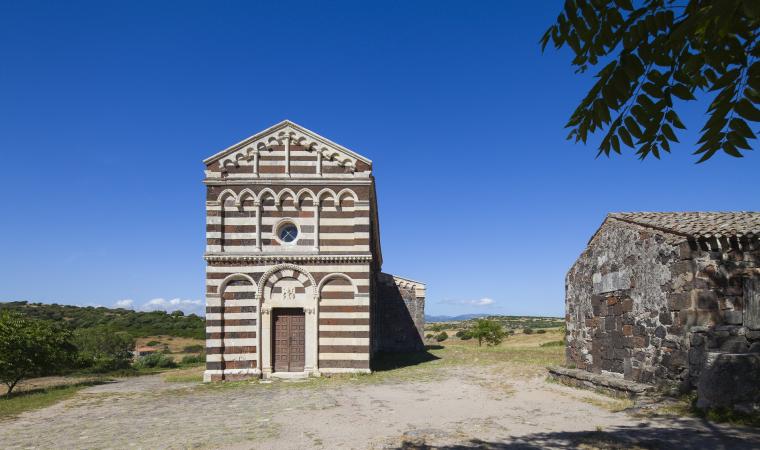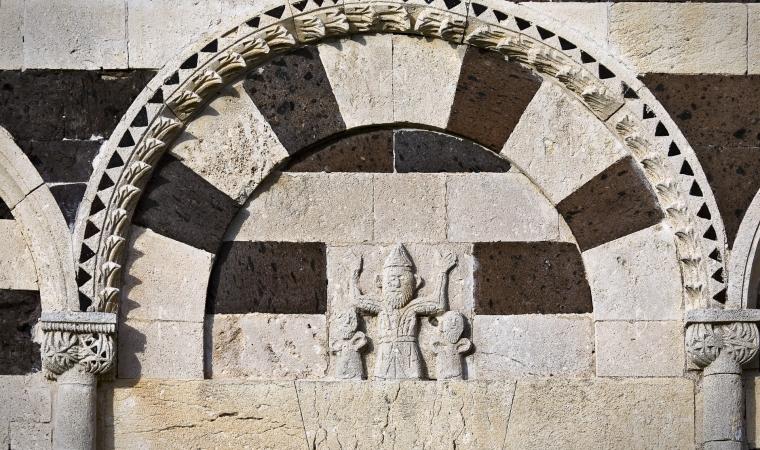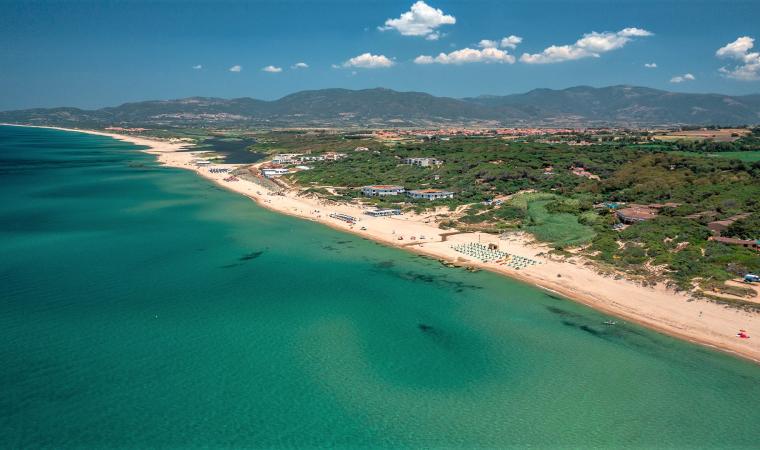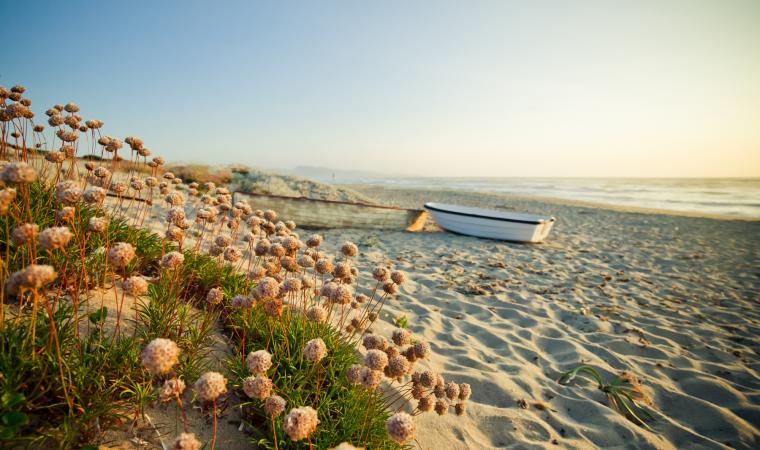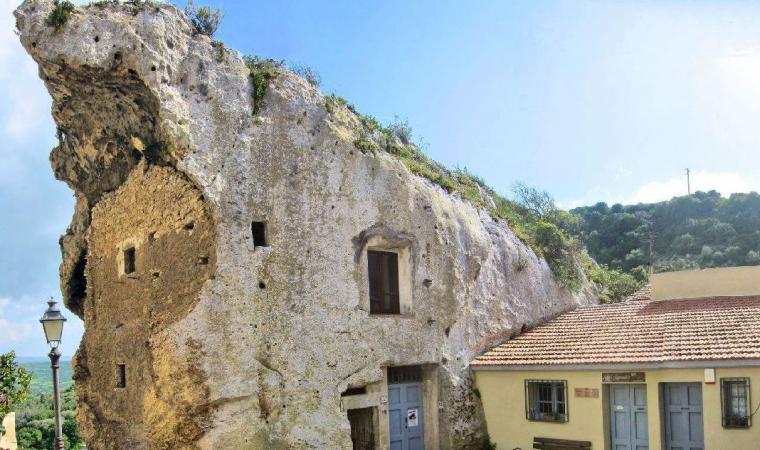An aura of mystery surrounds the ruins of a fortress near Santa Maria Coghinas, in the historical region of Anglona. Perching on the granite mountain known as monti di lu Casteddu (or Mount Urtigiu), along the Mount Ruju chain, Casteldoria (or Castello dei Doria) overlooks a fertile valley fed by the "healing" waters of the River Coghinas and Lake Casteldoria, where the Romans built an important bath complex. The castle was built around the 12th century by the Genoese Doria family, and passed from the Genoese dominion to the Aragonese, then to the Arborea Giudicato and lastly to the Malaspina family.
Only a few ruins remain of the fortress: parts of the walls, the remains of a chapel and a large cistern that was probably used to collect and store water. The famous tower, on the other hand, is well-preserved, and is an important part of the castle, built in large, rectangular granite blocks set in mortar. Twenty metres high, it has a pentagonal layout with the entrance on the north-eastern side. On the same side are two large, non-aligned openings, and a large window on the opposite side on the first floor. Inside, the castle has three wooden floors with a tiled roof and walkway. The last floor was created from what was originally a mezzanine floor before a terrace.
The castle, and in particular the tower, is surrounded by legends and myths that have been handed down over the generations and narrated by Nobel prize-winner Grazia Deledda in her Racconti Sardi (1894). One story tells of an intricate system of underground tunnels running between the castle and the chapel of San Giovanni in Viddacuia, (now known as Viddalba), on the opposite shore of Coghinas. The secret passage is said to have been used by the Doria family to get to church on feast days. The tunnels hide another secret - that of an explorer of the tunnels who discovered four large rooms. In one, there was a heavy iron door, which is said to protect the fabulous treasure of the Dorias. Deledda describes a "conca della moneta" (coin hollow) next to the castle, where popular stories say the Dorias minted coin. Here a large gold bell was said to stand, rung by a stone thrown from the top of the hollow. To the west of the tower, where the Dorias walked in the summer evenings, the high, impressive towers were said to overlook the river like guardians.

